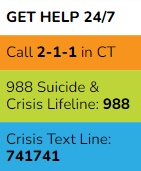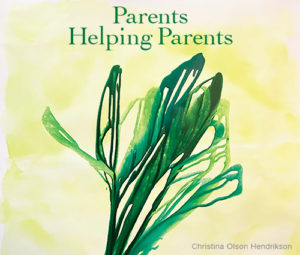
Parents Are Not Powerless When it Comes to College Drinking
Move-in day is an annual ritual if you are the parent of a college student. But while lugging heavy suitcases up too many flights of stairs may leave you exhausted, it probably leaves your son or daughter feeling adventurous and excited. Chances are, you go home and collapse and they go out to one of many welcome parties where old friends are reunited and new friends are made — and chances are, there will be plenty of drinking.
It’s not news that drinking on colleges is pervasive. According to a 2002 report, 31 percent of college students between the ages of 18–24 meet the criteria for a diagnosis of alcohol abuse, and six percent for alcohol dependency. That’s alarming, as are these statistics from the National Institute on Alcohol Abuse and Alcoholism (NIAA) website about the consequences of alcohol consumption on our nation’s campuses:
- An estimated 1,825 students die from unintentional alcohol related accidents
- 599,000 are unintentionally injured
- One-in-three emergency room visits are for serious intoxication
- 97,000 are victims of alcohol related sexual assault or date rape
Unprotected sex, not knowing who you had sex with and the risk of getting an STD, vandalism, increased academic problems and even suicide or attempted suicide are among the list of other serious consequences. Alcohol is a drug, and it can be just as destructive as other drugs — legal and illegal.
However, parents are not powerless. There are proactive measures that may prevent your child from engaging in dangerous and harmful behavior. The NIAA website, given above, has some information that will resonate with you both.
For example, you might think the interactive body map showing that binge drinking can lead to a stroke would make anyone put down that glass. But scare tactics are not particularly effective with this age group. So don’t bet on it. The Blood Alcohol Content Calculator, or BAC, that reveals just how little it takes to go over the legal limit might be more intriguing. They can put in scenarios based on height, weight, number of drinks, and rate of consumption.
One section dispels some of the more well-known myths. Coffee or a cold shower will not speed up getting sober. It takes three hours for the alcohol to dissipate. Beer is no less potent than hard liquor. A 12-ounce bottle has the same alcohol content as a shot of 80-proof liquor.
The College Parents tab of the NIAA website has a section in the left-hand column called “College Alcohol Policies.” Click on that and you will find a U.S. map. Within each state is a list of colleges with links to their alcohol polices. This is incredibly useful information and previously hard to find. It is good to know which colleges fine for the first infraction(s), will notify parents — and not all do, or have a zero tolerance policy where a single apprehension can mean expulsion. Some also provide drinking counseling. Both you and your child will want to become familiar with this section.
Pay special attention if your child is a freshman. The first six weeks are the most important in terms of acclimation to college and the transition pressure can be tremendous. For some, this is the first time away from home. Incidents from excessive drinking could do much to derail their ultimate success.
Your son or daughter may be away at college, but the onus is on you to keep the lines of communication open. Call, e-mail and text often. Ask about roommates, classes, meals, the weather. Encourage them to call you whenever they want as well. Remember, alcohol abuse is not a trivial matter. It can be just as serious as other drugs if not properly addressed.




